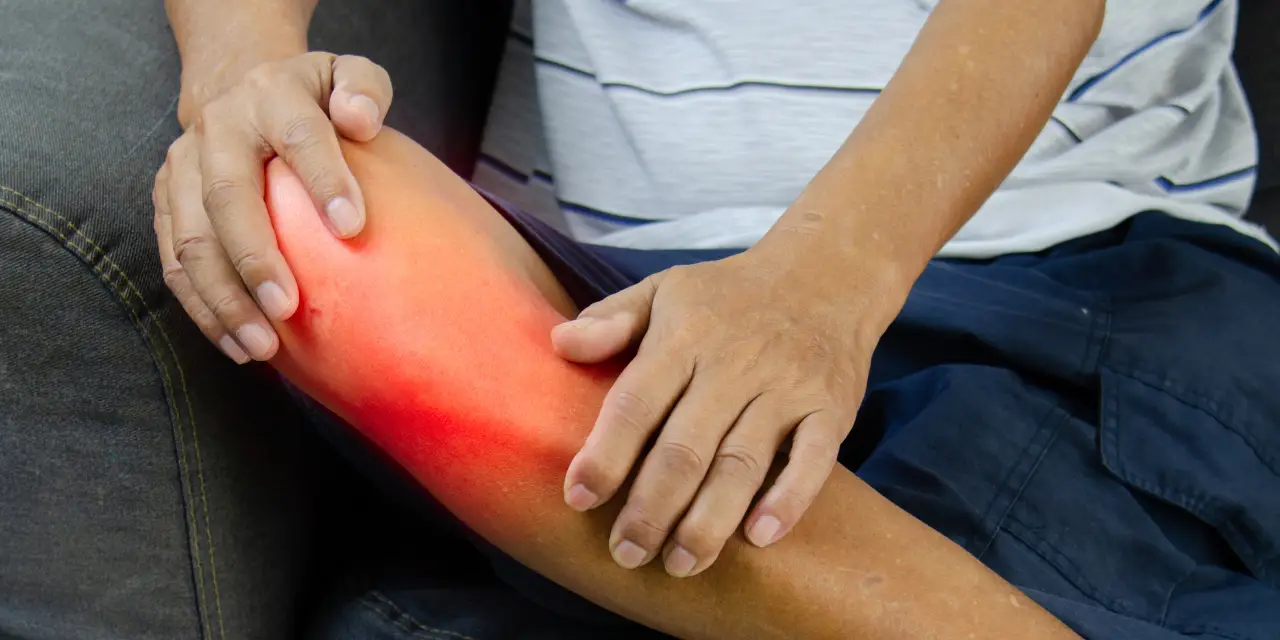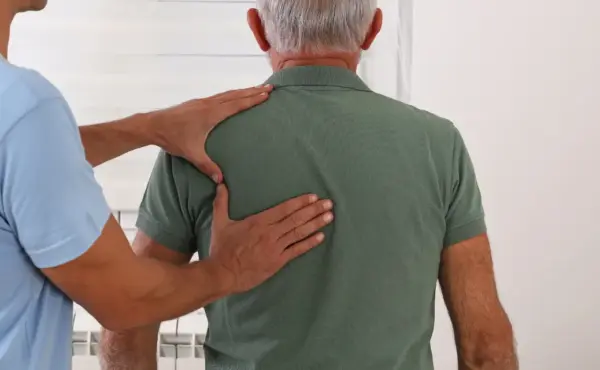Knee osteoarthritis is a condition that affects millions of people worldwide, and its symptoms can go unnoticed in the early stages. As we age, our joints may experience wear and tear, and the knee, being one of the most used joints, is no exception. It is essential to pay attention to early warning signs to effectively address knee osteoarthritis. Here, we will explore 10 common symptoms and how osteopathy can provide relief and improve the quality of life.
Persistent Pain: The First Cry for Help
One of the most obvious signs of knee osteoarthritis is persistent pain. Initially, it may be mild, but as the disease progresses, the pain tends to become more intense. People often ignore this initial pain, thinking it is part of normal aging. However, it is crucial to recognize it as the knee’s first cry for help.
Morning Stiffness: When Mornings Become a Challenge
Morning stiffness is another common sign of knee osteoarthritis. Affected joints may feel stiff and difficult to move upon waking. This stiffness often improves with movement throughout the day but can limit functionality and affect quality of life.
Crepitation: The Uncomfortable Sound of Osteoarthritis
As knee osteoarthritis advances, individuals may experience crepitation, a crunchy or squeaky sound when moving the knee. This sound is not only uncomfortable but also indicates abnormal rubbing of joint surfaces, which can contribute to joint damage.
Inflammation: When the Knee Inflames in Protest
Inflammation is another common body response to knee osteoarthritis. The knee may swell, further contributing to pain and discomfort. Persistent inflammation can also affect mobility and the ability to perform daily activities.
Muscle Weakness: When the Knee Loses its Strength
Knee osteoarthritis can lead to the weakening of muscles surrounding the joint. This loss of muscle strength can affect knee stability and increase the likelihood of injuries. Muscle weakness is a symptom that should not be overlooked, as it can contribute to the progression of the disease.
Limitation in Range of Motion: When Freedom is Reduced
Over time, osteoarthritis can result in significant limitation in the knee’s range of motion. People may notice difficulties bending or straightening the leg fully, affecting their ability to perform daily activities.
Changes in Joint Shape: When Structure is Altered
Knee osteoarthritis can lead to structural changes in the joint. Deformity, such as outward or inward deviation, is a more advanced sign of the disease. These changes may be visually apparent and are often associated with a significant increase in pain and disability.
Pain at Rest: When Tranquility is Interrupted
Pain is not limited to physical activities; many people with knee osteoarthritis also experience pain even at rest. This symptom can affect sleep quality and contribute to fatigue, creating a vicious cycle that affects overall health.
Difficulty Performing Daily Activities: When the Everyday Becomes a Challenge
With the progression of osteoarthritis, daily activities such as walking, climbing stairs, or standing for extended periods can become challenging. The loss of functionality significantly impacts quality of life and independence.

Knee osteoarthritis
Emotional Impact: When Osteoarthritis Affects Mental Well-being
The emotional impact of living with knee osteoarthritis should not be underestimated. Constant pain, limitations in activities, and concerns about the future can contribute to anxiety and depression. It is essential to address not only the physical symptoms but also the mental well-being of those suffering from this condition.
How Osteopathy Can Provide Relief and Improve Quality of Life
Osteopathy emerges as an effective therapeutic option for addressing knee osteoarthritis. This discipline focuses on improving joint function and mobility through manual techniques. Osteopaths work closely with patients to alleviate pain, improve flexibility, and restore knee functionality.
Osteopathic treatments may include gentle manipulations, stretches, and exercises designed to strengthen the muscles surrounding the knee. Additionally, osteopaths often provide guidance on lifestyle changes and recommendations for maintaining joint health in the long term.
In conclusion, recognizing the symptoms of knee osteoarthritis is the first step in effectively addressing this condition. Osteopathy emerges as a promising option to alleviate pain, improve mobility, and provide a comprehensive approach to enhancing the quality of life for those living with knee osteoarthritis. If you experience any of these symptoms, do not hesitate to seek guidance from a professional osteopath and give your knees the care they deserve.
 Need help?
Need help? 


